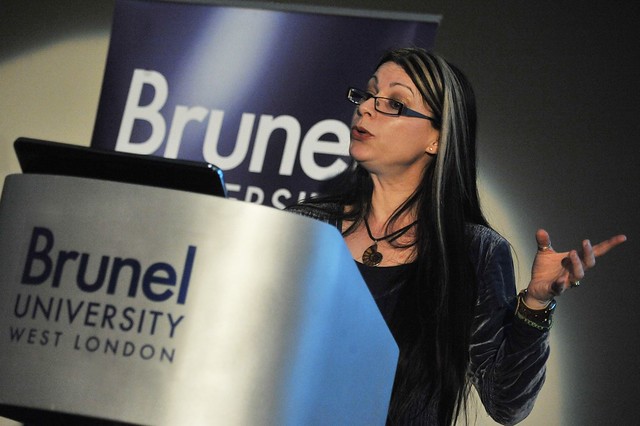If you`ve watched Junot Diaz's talk about his book
This Is How You Lose Her in my November post
Common Ground: Paraskava, Eisler, Obama and Diaz, then you might remember him talking about artists being drawn to a silence. To be specific, his exact quote at 17:18 is:
“Guys we’re in the middle of an election campaign. Y’all notice
that neither of our ‘oppressors in chief’, that neither of them have
mentioned an artist? (…) In our culture, the thing with artists is that
artists are just fundamentally attracted to the things that no one is
trying to deal with. I mean that’s what art’s nature is, it immediately
goes for a silence, you know, immediately goes for an absence.”
I took that to heart, being already vastly interested in the idea of the void and of silence.
During our senior artist critiques a few weeks ago, I noticed a silence. Although we are all (I think it is safe to say) quite liberal in our personal opinions and philosophies, sexuality was not mentioned a single time, while two artist presentations would have warranted it: Fellow artists
Danica Lundy and
Katarina Pravdivaia. Danika had painted and sculpted "limb totems" and talked sensually about bodies violently colliding and creating beautiful
bruises. As a personal aside, I am a big fan of Danica's work and ideas. As for Katarina, she dealt with the relationship between animals and humans, inevitably anthropomophizing animals and animalizing people. It was in part the poses of these human figures, and in part when she talked about common basic instincts and needs that brought sexuality into it. Yet no one mentioned it. Yet I didn't mention it. Why?
Maybe it was the mass effect. All in this room since hours, we had been picking, prying and commenting intelligently (or trying to) since hours, and all the while social dynamics inevitably came into play. The authoritative and extraverted are heard, while the shy people and hesitant remain unheard. In any group setting, not everyone is comfortable speaking their mind, period.After all, the number one fear-even before dying-is public speaking. Another thing to ask is "Who is this authority?" We might argue that it is the head of the department, with leadership shared between a particularly zealous proffessor or two. But really, is it not the institution itself? An institution that funels things into "professionalism", stearing away from the domestic, the irrational, the low and the private, and from the very animalistic inclinations Katarina was refering to? Certainly things would be easier if we were in gender studies, a "sexuality and
something" class, or maybe even an anthopology class. But as Fine Art students and faculty, we are not necessarly trained to talk about the sexual in cold, level-headed terms, and so we don't.
Which is too bad, because there is alot to say about contemporary sexuality and sexual culture. For one, there is porn culture. It is everywhere, influencing our society faster than the speed of light, for better or for worst. It is the big ruler of the internet, the one
even before cats. As such, where is the line drawn between porn and art? And where do they overlap? I am currently reading
Sex and the Cinema by Tanya Krzywinska, which addresses this increadibly influencial silence. After all, cinema and the moving image have influenced our experience and expectations of the world for over a hundred years, going as far as orienting our personal identities. With sex in the cinema, what is shown is just as notable as what is not shown, whether it be in soft porn, hard porn, or the flat-out cut to the next (tamer) scene when things get too hot and heavy in a PG14 movie. As I mentioned, silences and absences also speak in bellowing voices.
 |
| Tanya Krzywinska talks at Public Lecture Series 5: 'Sex and the Citi-zen' |
|
Whether it be initiated by
artist Keeley Haftner's painted
Porn Portraits,
CherryTV's women-friendly youtube talks about sex, the
Grateful Grapefruit art blog "
For Horny Nerds", or casual thoughts on polygamy shared via blog on
A Libertine's Thoughts, yes, there are
plenty of things with which to furnish that silent institutional white art cube. Elsewhere, artists and people of all professions are talking about sex.
Maybe it's mostly a small New Brunswick town thing. Who knows.
Lastly, I would like to leave you with what I consider to be an inspirational video, not so much about sex or sexuality but about gender. Please enjoy this stunning example of gender fluidity, and quite simply, the warming smile of a radiant creative:
Casey Legler (Pardon the link, it was published by Times Magazine and not on youtube.)
 |
| Casey Legler, an ex-olympian swimmer, is now an artist and male model. Her gorgeous self lives in NewYork. |
















